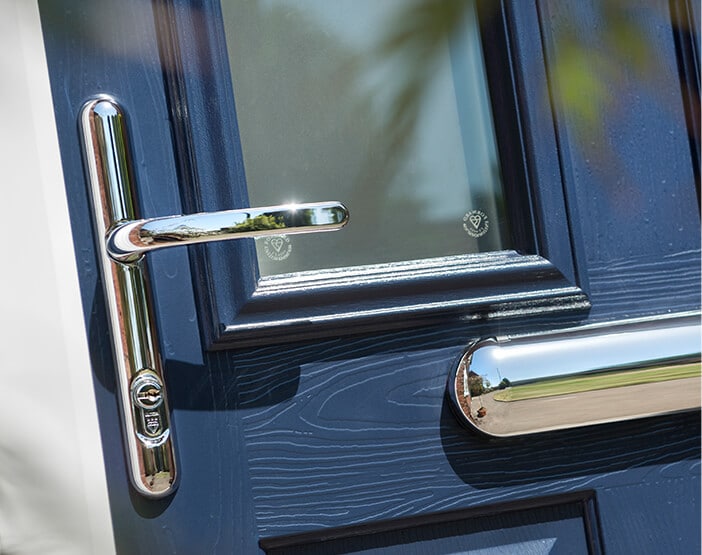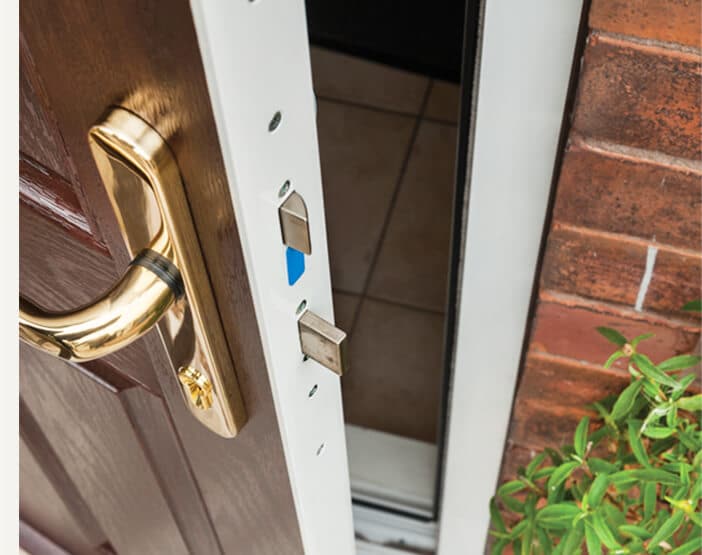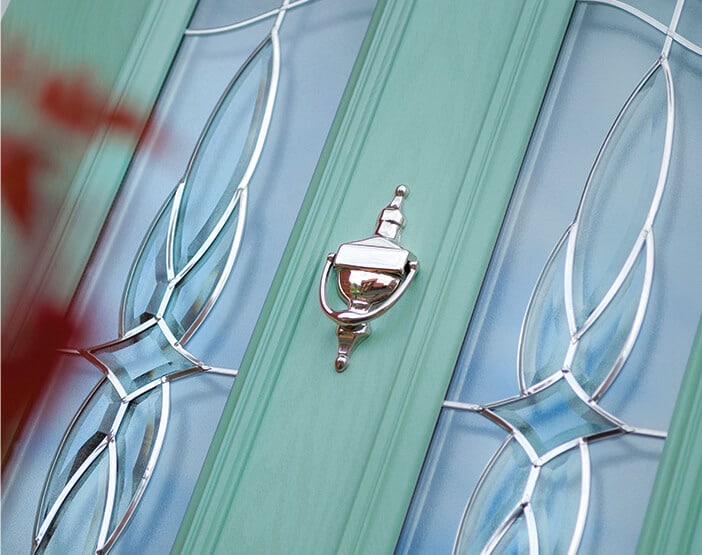Composite Front Doors Frinsted
Professional Composite Front Installers
Transform The Entrance To Your Home With One Of Kentish Door’s Composite Front Doors
Kentish Doors are highly skilled Composite Front Doors installers based in Kent. We have an incredible range of entrance door colours, styles and features to enable you to create the perfect door for your home. Our doors are made to last, combining strong, state of the art energy efficient materials which reduce drafts, outside noise and also increase your thermal efficiency. All doors come with complex security systems, providing your home with added security which can lead to lower home insurance costs. Our doors are made and fitted to the highest standards. Using our free online composite door designer tool, you can design your door yourself. If you would like assistance creating the door, or have some questions we are happy to help you. To provide you with a quote we would require a site visit to ensure all measurements are correct before fabrication of the door begins. To arrange a free measure and quote please call us today on 01634 321202 or message us via our online contact form.


Choose your door from our gallery & design your perfect door online
Click below to design your perfect door online. Choose from hundreds of options to design your door in minutes.

Suited Hardware & Furniture
We offer a stunning range of suited furniture to match any home, from traditional hardware to contemporary stainless steel options.

13 Stunning Door Colours
Availble internal and external, we have colours to suit any home, be it traditional, contemporary or modern. We have something for everyone.

Locking and security
You can have any locking system with any furniture suite – so it’s even easier to get the lock and security you need with the furniture you want.

Glass and Glazing options
Our unique and patented glazing cassette can be removed from the inside to let you simply change the glass and reuse the cassette.
Frinsted or Frinstead is a small village and civil parish in the ecclesiastical parish of Wormshill and in the Maidstone District of Kent, England. and has been a recorded settlement (under the name Fredenestede) as far back as the Domesday Book and indeed was the only settlement in the surrounding area to be described at the time to have a church. The village exists in the Hundred of Eyhorne (and has been mentioned as such dating back to the Kent Hundred Rolls of 1274 to 1275).
The parish is situated on the North Downs between Sittingbourne and Maidstone some ten miles (16 km) south of The Swale. To the West lies the village of Wormshill, to the North East the village of Milstead, the hamlet of Kingsdown and the Torry Hill estate and to the South and South East are the villages of Doddington and Newnham. The part of the parish northward of the church is in the division of East Kent, but the church itself, and the remaining part of it is in West Kent.
The village is surrounded by former manor houses or “courts” being to the east Wrinsted court and to the west, Yokes Court and Madams Court.
The population is relatively unchanged in the past 200 years. In 1801 Frinsted’s total population was 153. After rising to 219 around 1871, by the 1901 census the population had dropped to 126. By 1971 the population was 138. At the 2001 census, the population was 171, falling at the 2011 Census to 143.
The village church is today dedicated to St Dunstan although an early 19th-century watercolour records it as dedicated to All Saints. Although it has Norman origins, the church as it stands today was constructed principally in the 12th century and was repaired and enlarged in 1862. The bell tower is typical of the Perpendicular Period.
